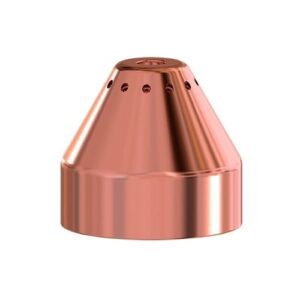Numerical control (also computer numerical control, and commonly called CNC, is the automated control of machining tools (such as drills, lathes, mills, grinders, routers, plasma cutters and 3D printers) by means of a computer. A CNC machine processes a piece of material (metal, plastic, wood, ceramic, or composite) to meet specifications by following coded programmed instructions and without a manual operator directly controlling the machining operation.
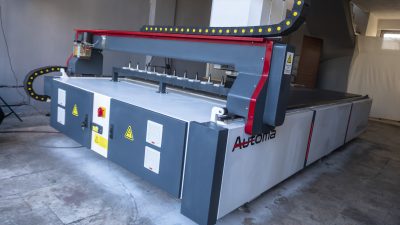
The role of drive system is to provide precision motorized motion in each axis as commanded by the control panel or g-code program through the controller. Industrial CNC machines utilize servo motors whereas stepper motors are sufficient for less demanding applications such as desktop routers or laser engravers. Both types, coupled to a reducer, belt or ballscrew work to convert a rotational input from the control into linear movement. But there are major differences in terms of how they operate. Servo motors produce torque over a broader RPM range, have encoders for closed loop control for high precision. While stepper motors don’t have those advantages, they are fairly cheaper than servo motors.
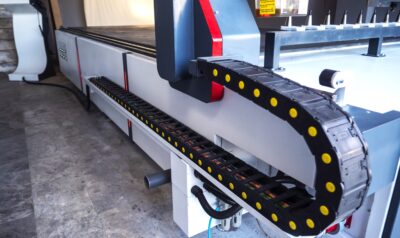
Not really. Most modern CAD software allows you to design, and generate the G-code that the controller will use to mill your parts.
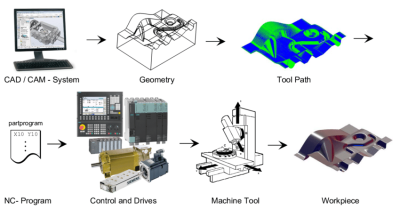
A CNC controller is a core component of any CNC device. You can think of it as the machine’s brain. It connects and runs hardware, software, and peripherals in the same way that the brain connects and runs muscles, nerves, and organs. CNC machines can have linear movement, rotary movement, or both. This leads to two or three linear axes alongside possible rotary movement. All said, CNC controllers handle the actuation of motors and powering of drivers along with control of the axes’ movement. These controls or commands can be given using G-code or a control panel.

CNC spindle often refers to the shaft at the center of the rotating axis of the machine tools, sometimes spindle is used to refer to the entire rotary unit, including not only the shaft itself but its bearings and anything attached to it. Spindles rotate on the axis which receives input on movement from the CNC controller. Spindle is a very important part of a CNC machining center. The form of the spindle determines the speed and cutting force. A machine tool may have several spindles, the biggest one is called main spindle. Without further qualification, the spindle usually implies the main spindle. A diversity of configurations and options of spindles are available to meet the needs of different industries like power, speed and taper type. For instance, CNC routers require high speeds rather than torque, whereas machine tools require higher torque at lower speeds.
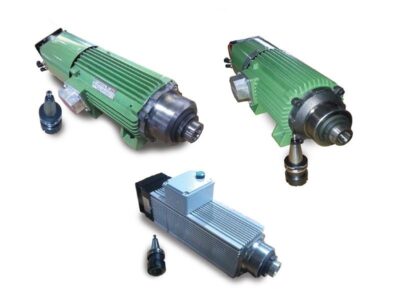
When the milling machine/router is equipped with ATC type spindle, it improves the production and tool-carrying capacity of a CNC machine by changing tools very quickly without the help of a manual operator. In doing so, the ATC dramatically reduces downtime on a given project.The use of automatic changers increases the productive time and reduces unproductive time. It provides the storage of the tools which are returned automatically to the machine tool after carrying out the required operations.
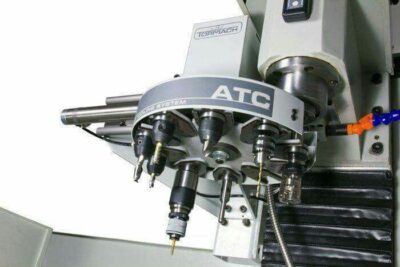
A CNC plasma cutter is a machine that is specifically designed to cut through electrically conductive materials by using a computer to control and direct an accelerated jet of hot plasma at the material being cut. CNC plasma cutters can cut through a wide range of different materials, including steel, aluminum, brass, and copper, and can be used for a selection of different industries like fabrication and welding shops, auto repair and restoration shops, industrial construction sites. CNC plasma cutters are available in a range of different sizes, prices, and functionalities. These machines are highly accurate and can slice through metals at speeds of up to 12.000mm/min.
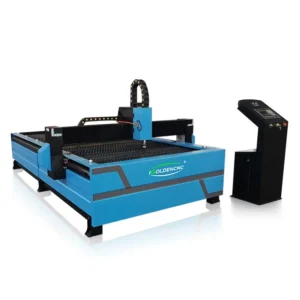
Power Supply: is a constant current DC power source. It houses the control circuit for the proper sequencing of the entire plasma system. The power supply also holds the cooling system for the torch.
RHF Console: is where water and gas plumbing reside, along with other related control devices. The RHF console also holds the remote high frequency starting circuit—this allows for more effective electrical noise shielding and the power supply can be installed up to 200 ft from the torch.
Gas Console: houses metering and solenoid (coiled wire) valves for shield and plasma gases. The gas console interfaces with the shield and plasma gas supplies, the RHF Console, the Power Supply, and the Motor Valve Console. For the convenience of the operator, make sure
that the gas console is mounted above the power supply.
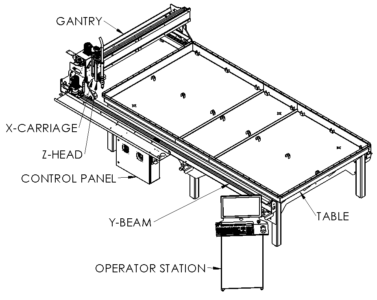
High-definition plasma cutters require a plasma gas and an assist gas to function, the type of gas will vary depending on the material being cut. Some of the gases that can be used in plasma cutting include:
Nitrogen—can be used to cut thin stainless steel.Methane—can be used to cut thin stainless steel.
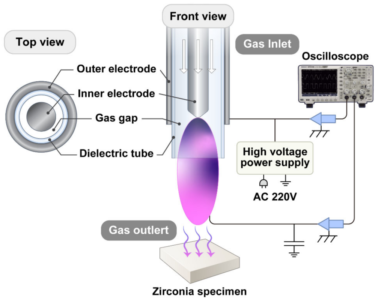
Plasma cutter consumables are a set of components in your plasma cutter that gradually wear over time until they need to be replaced: they have a life cycle. The consumables are all found in the cutting torch itself, which is where most of the energy is focussed, and keeping track of wear and tear is a key part of maintaining an efficient machine that cuts well and lasts a long time. Plasma cutting torch consumables include: a swirl ring, electrode, nozzle, retaining cap, and shield cap.
This is a small component inside the torch that swirls the gas surrounding the plasma arc. This outer layer of gas helps to focus and direct the arc for greater cutting precision, and swirling it helps to keep it cool. As it is this protective layer of gas surrounding the arc that makes contact with the nozzle, the lower temperatures prevent the nozzle from burning up, and slow down degradation.
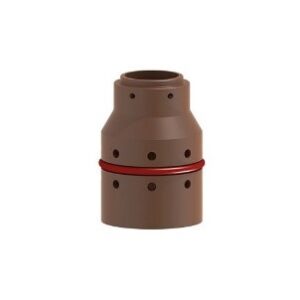
The electrode is a narrow piece of copper containing hafnium (which is an excellent conductor of electricity). Its job is to receive the electrical current from a cathode block inside the torch to which it is connected, and to focus the charge through its tip, which causes it to arc onto the workpiece.
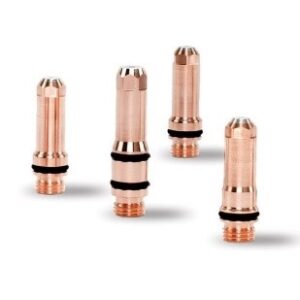
The nozzle focuses the plasma arc and the gas that surrounds it to make a clean and precise cut. A nozzle with a larger opening is used for gouging, while a nozzle with a smaller opening is better able to direct the gas and so is used for fine, detailed work.
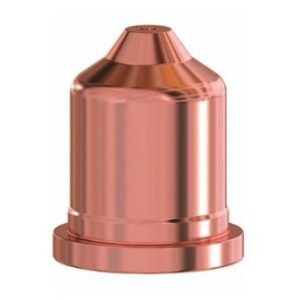
The nozzle focuses the plasma arc and the gas that surrounds it to make a clean and precise cut. A nozzle with a larger opening is used for gouging, while a nozzle with a smaller opening is better able to direct the gas and so is used for fine, detailed work.

The shield is there to protect the torch and its other components from the sparks and molten metal that result from the plasma cutting process. It takes the brunt of the fallout so that wear to other components is minimised as much as possible.
